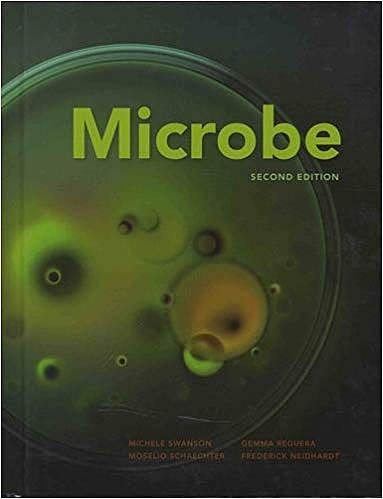
Microbe
Michele Swanson, Gemma Reguera, Moselio Schaechter, ... [et. al.]
2nd ed.
Washington, DC : ASM Press, cop. 2016
 |
Microbe Michele Swanson, Gemma Reguera, Moselio Schaechter, ... [et. al.] 2nd ed. Washington, DC : ASM Press, cop. 2016 |
15 termes
| Halobacillus [nom científic] |
|
| haploid phase n. |
|
| herpes simplex virus 1 n. (HSV-1) |
|
| herpes simplex virus 2 n. (HSV-2) |
|
| Hirudo verbena [nom científic] |
|
| histidine auxotroph n. |
|
| histidine kinase n. |
|
| holin n. |
|
| hopanoid n. |
|
| host cell survival n. |
|
| HSV-1 n. (herpes simplex virus-1) |
|
| HSV-2 n. (herpes simplex virus-2) |
|
| human microbiome n. |
|
| hydroxylamine dehydrogenase n. |
|
| hyperthermophilic archaea n. |
|